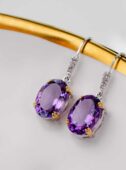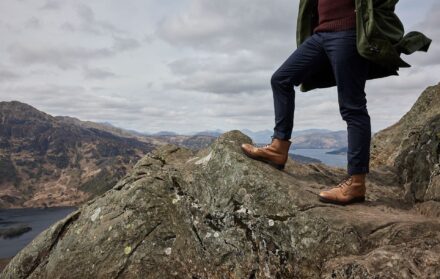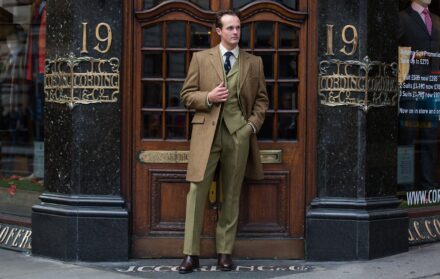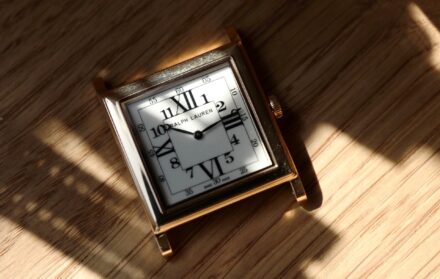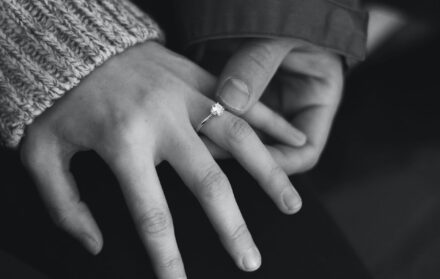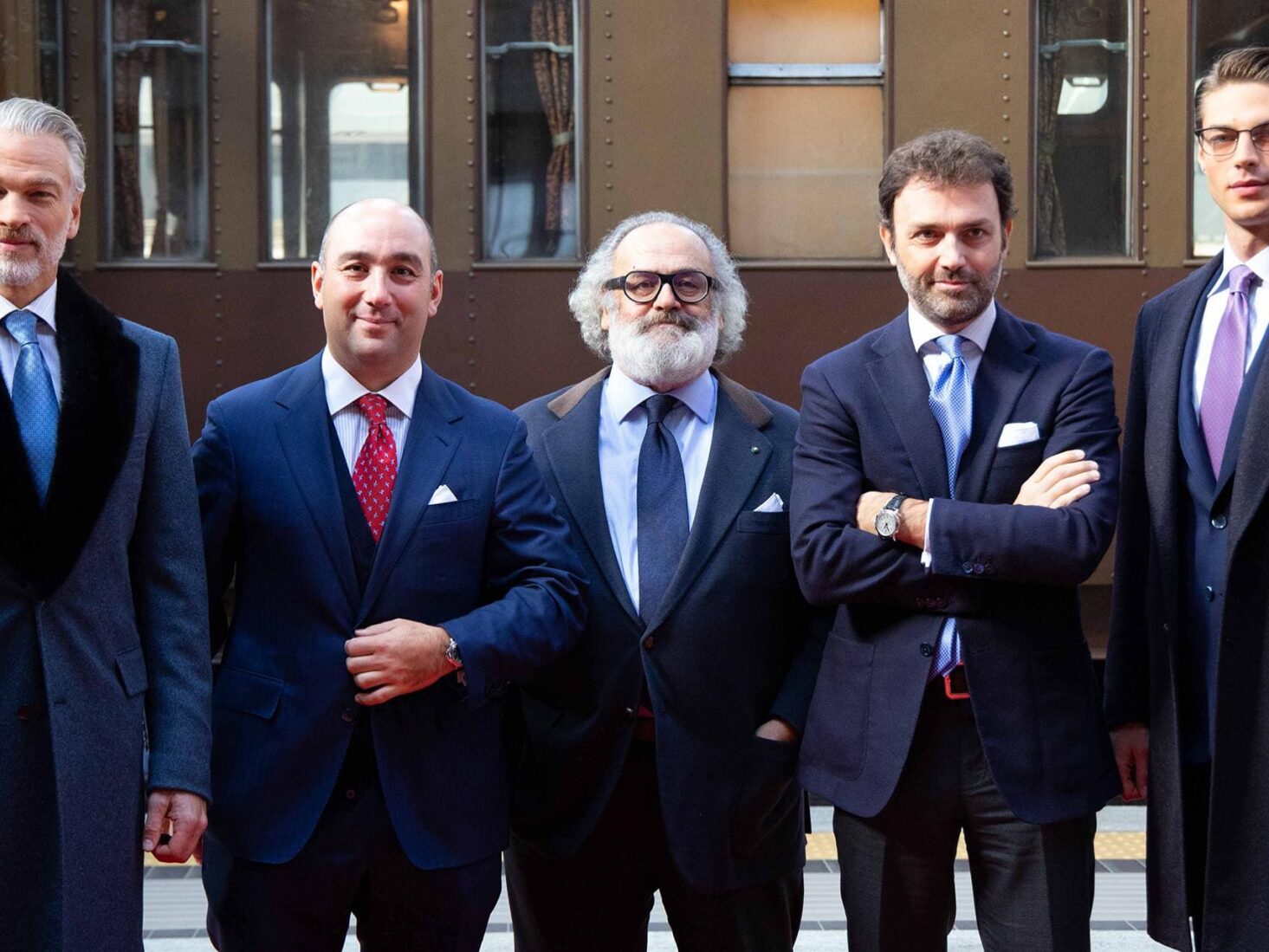
Stefano Ricci: the billionaire’s outfitter
Stefano Ricci is the Italian super-tailor who’s dressed Presidents Macron and Putin, and following the opening of a £5 million flagship in Mayfair in 2017, alongside record revenues in 2018, Ricci may have entrusted his Empire
Stefano Ricci has just returned, rather abruptly, from South Africa, where he failed to shoot anything. “I was invited to attend a summit of African leaders in Cape Town,” he says, having just got off the plane back in Italy. “But there was some protest going on, and we were advised to get out of the city. It was the first time I’d been to South Africa without my rifle. For once it seemed I was the only one without a weapon.”
Ricci is game hunter. He’s also a collector of classic cars. He’s mad about rare cigars. And, naturally, he has a private estate in the Italian countryside something akin to the Garden of Eden. Indeed, superficially at least, he is his own customer: a super well-heeled jetsetter who favours an exacting cut of jacket, all Italian hand-crafting, luxurious fabrics and, occasionally, some exotic trim. The fashion designer’s recent collection includes suits with gold thread linings and ruthenium buttons, and napa leather jackets with silk linings, but also tracksuits in cashmere and crocodile blousons with a superfine mink lining. Ricci doesn’t do things by halves: the company celebrated its 40th birthday in 2012 with a party in the Uffizi Gallery, the first time the esteemed Florentine art institution had allowed such an event.

“What we do isn’t about fashion,” says Ricci, a man who, with his portly figure, wild hair and sizeable beard, can look something akin to Karl Marx. “We’ve never been part of that world of ‘shocking’ dressing. Rather we make clothes for powerful men who want to communicate that power. ‘Luxury’ is a word that’s been terribly over-used. It’s almost impossible to use it now – it’s lost its value. But what we make is real luxury of the old kind, for which there’s still demand, albeit a small one. It’s not a rich lifestyle but an elegant one. I won’t say ‘rich’ because you can be rich and have no taste. Good taste doesn’t need a lot of money. It’s not what you wear, but how you wear it.”
Ricci, less known than compatriots Armani or Versace, runs a business with a £140m turnover and a palatial flagship store in Mayfair and is unexpectedly blunt about some of his customers. Yes, there are those who will opt for, say, the diamond-encrusted platinum belt-buckles. New money, he notes, always feels the need to express the fact of having it. But then among his customers are royalty, captains of industry and world leaders. That invitation to South Africa? Because Ricci dressed Nelson Mandela.

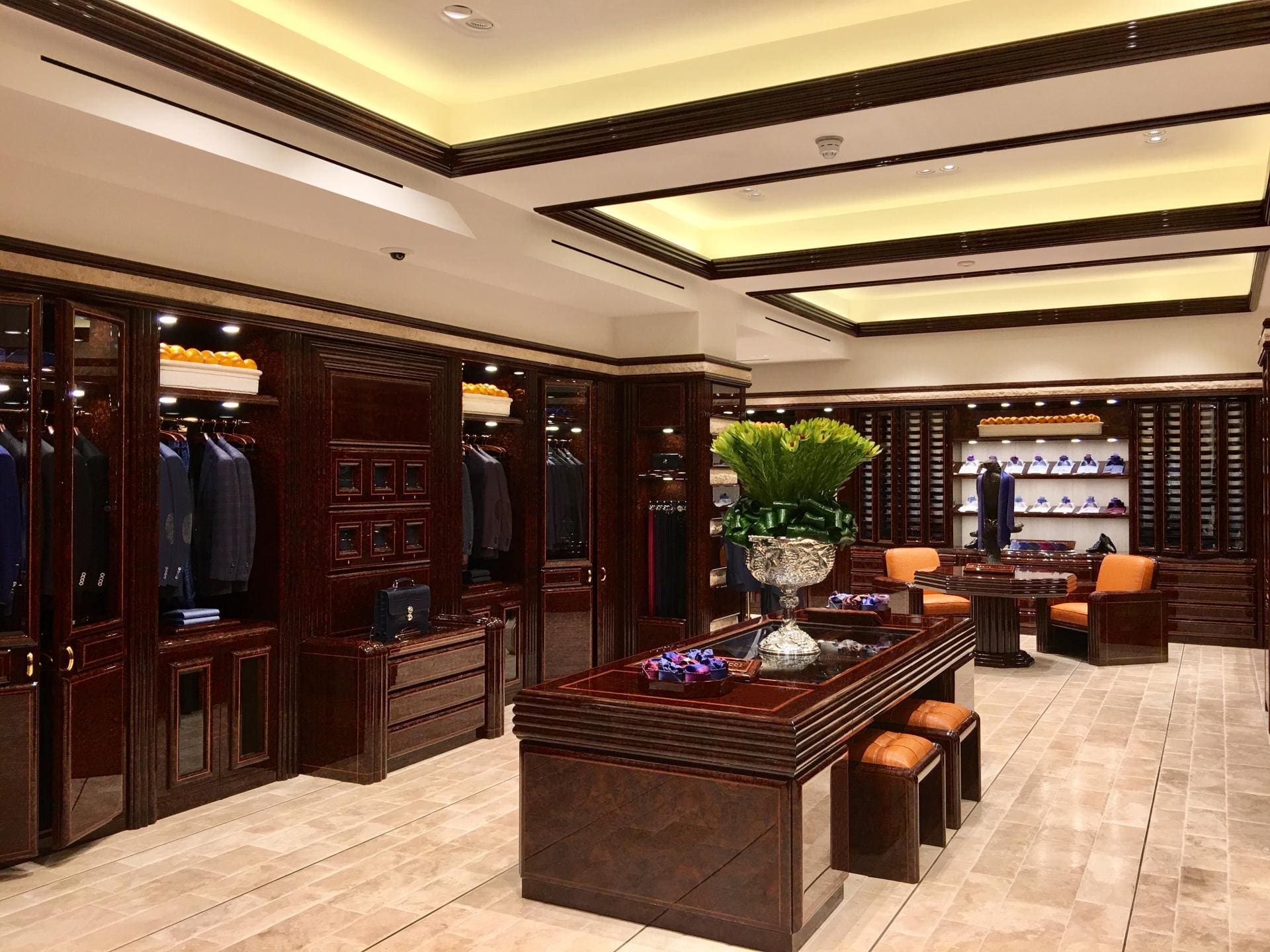
Ricci’s is the kind of extremely loyal customer with very deep pockets, including a businessman who last year was followed around the world by a Stefano Ricci tailor for six months, being shown fine fabrics and giving measurements without actually providing any commitment to buy anything. Then who, one day, announced that he was satisfied with the product and service and placed an order for 50 suits. At over US$10,000 a pop.
As such – and this is why his brand is somewhat under the radar – Ricci doesn’t need to advertise. He doesn’t use celebrity endorsements (“besides,” he laughs, “celebrities tend to want the clothes for free”). You won’t find his products in Duty Free. He has a homewares line and Junior – his collection for mini oligarchs – but, despite opportunities, has decided against extending his name into the likes of, say, womenswear or hotels. He does have a restaurant, but it’s a private one above a boutique for hosting those customers who spend more than $100,000 a year downstairs. His shops, of which he now has more than 60, don’t do sales – “because it’s disrespectful to a gentleman to buy one of our suits for, say, €8,000, and then to see it the next day priced at half that amount.”
Given the workmanship that goes into them, Ricci’s collections are, unsurprisingly, made in super small quantities. Attention to detail, explains Ricci, underpins everything he does. “I can only really achieve the level of detail I want if I use specialists in Italy, by the kind of people who want to make the inside of a jacket more beautiful than the outside. That means I can sell 50 pieces [of a garment] or choose to manufacture outside of Italy and sell 5,000 at a quality that’s 10 times lower. I’d be a much wealthier man if I could bring myself to sell at volume – but we’ve never been about that.” In 2010, Ricci acquired specialist fabric-maker Antico Setificio Fiorentino purely for its silk production.
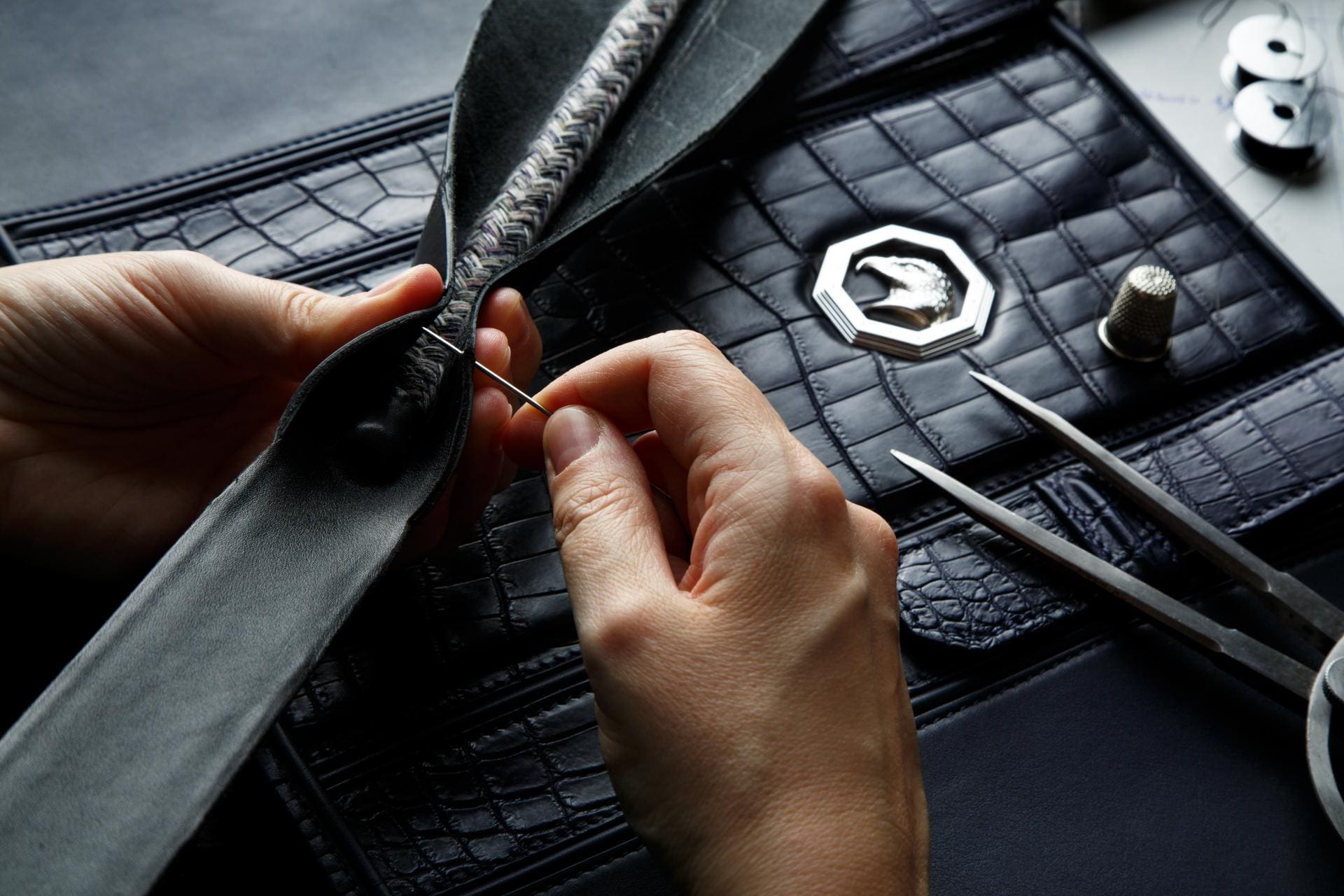
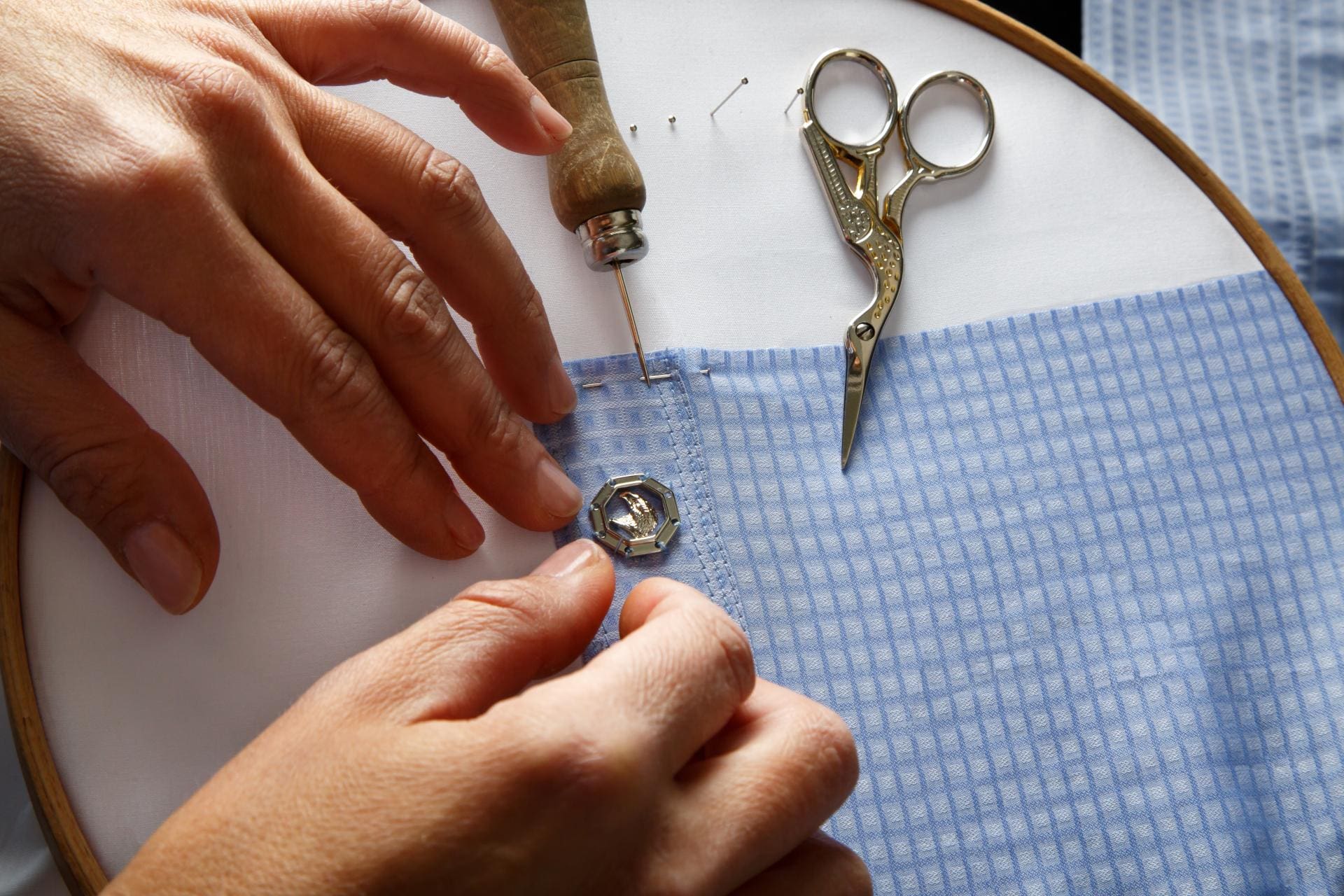
“I’m deeply convinced that in my niche business – and it is really a niche, because the kind of customers who don’t have to think about price are few – it’s all about quality. My customers don’t need any more of anything. They don’t need another suit. And, thanks to the internet, they’re getting more and more knowledgeable about clothes. There was a time, for example, when some men of money only wanted super fine shirting fabrics because, well, they’re super fine. But now they understand that such fabric won’t wear as well as other, less fine fabrics, that they don’t look so good after a couple of washes. They understand what goes into a garment.”
Ricci still heads up design at this company, but, almost 50 years after establishing his business – as a tie-maker with his wife and the “real boss” Claudia – he’s passed the positions of CEO and creative director to his two sons Niccolo and Filippo, respectively – fulfilling the Italian Dream in the process.

Back when he started, Ricci points out, he was far from alone at the highest-end of hand-crafted menswear. But, one by one, each of his competitors “stopped believing in the power of this niche.” They either moved into more accessible fashion, licensed out their name, or both. “These other companies had their hands on the prize. But they lost the quality and service that people got from them in the past. And when it’s gone, it’s gone.”
A well-connected menswear designer, yes, but Ricci is clearly also a shrewd businessman. He was one of the first luxury brands to launch in China, while Russia and the United States are currently his company’s strongest-performing markets. More recently he’s opened stores in Istanbul and Manila. Expect Turkey and the Philippines to follow suit.
“In this business you have to travel the world, all the time,” says Ricci. “And when you travel you have to look at the people on the street, and not just the ones hanging around the five-star hotels. That’s where you see how the world of style is developing, how it might transition into something we can work with. Broadly, men are dressing more casually of course. But it is possible to be both casual and elegant – it’s all in the cut and the cloth.”
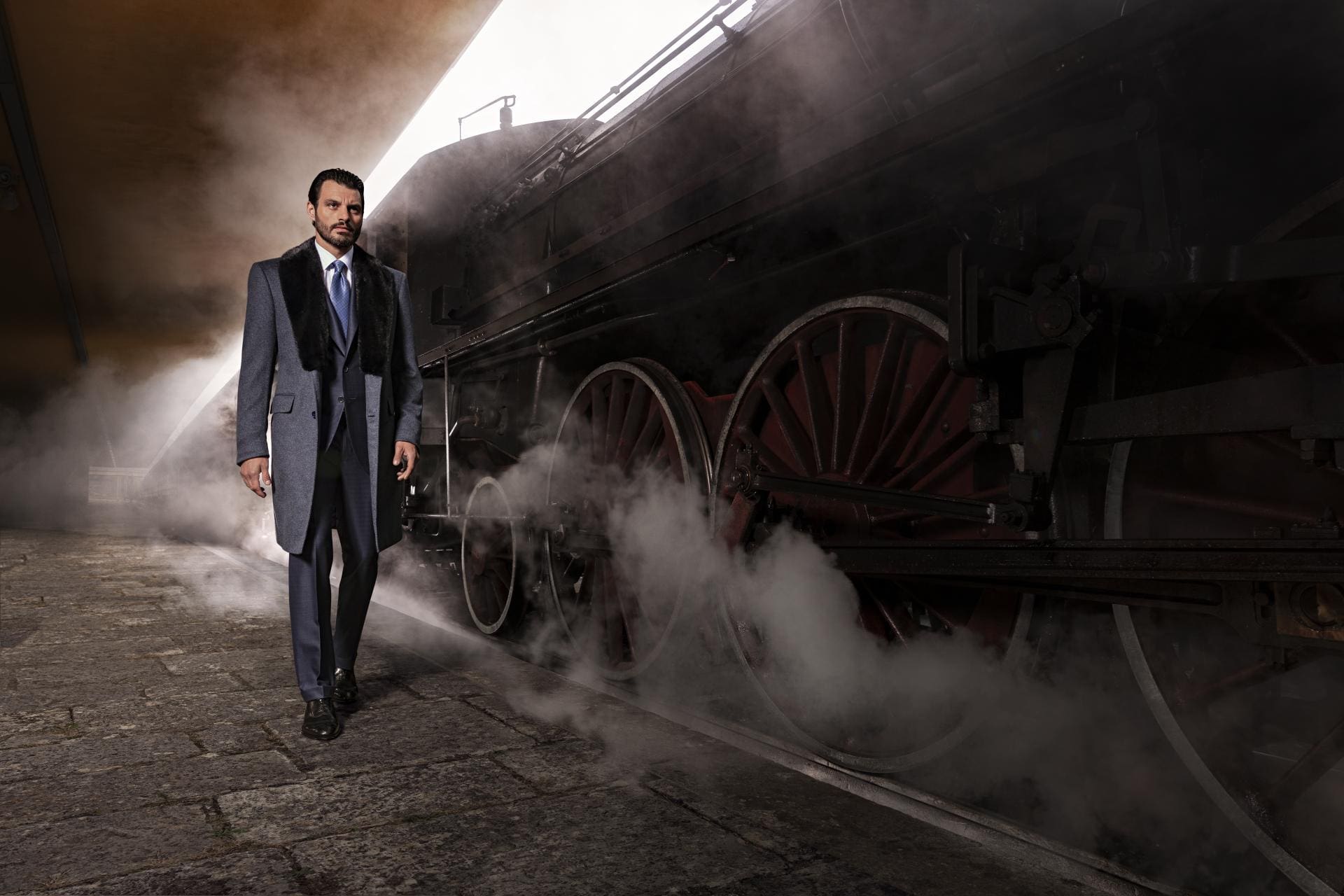
Ricci may be spending more time on safari than in the cutting room, but he isn’t planning on retiring any time soon. Even when he is in the African bush, Niccolo and Filippo joke, Ricci may as well be at home, so much time does he spend sitting outside his tent sketching. Ricci knows, however, that the future of his business lays in the hands of his sons.
“I feel very lucky to be able to transfer the leadership of the business onto my kids. They’re certainly aware of the responsibility, especially to the people who work for us. Naturally they will change the style of the brand over time, but I’m sure they’ll retain that absolute quality focus – because that’s the religion of Stefano Ricci.”
56 South Audley Street, W1K, stefanoricci.com
